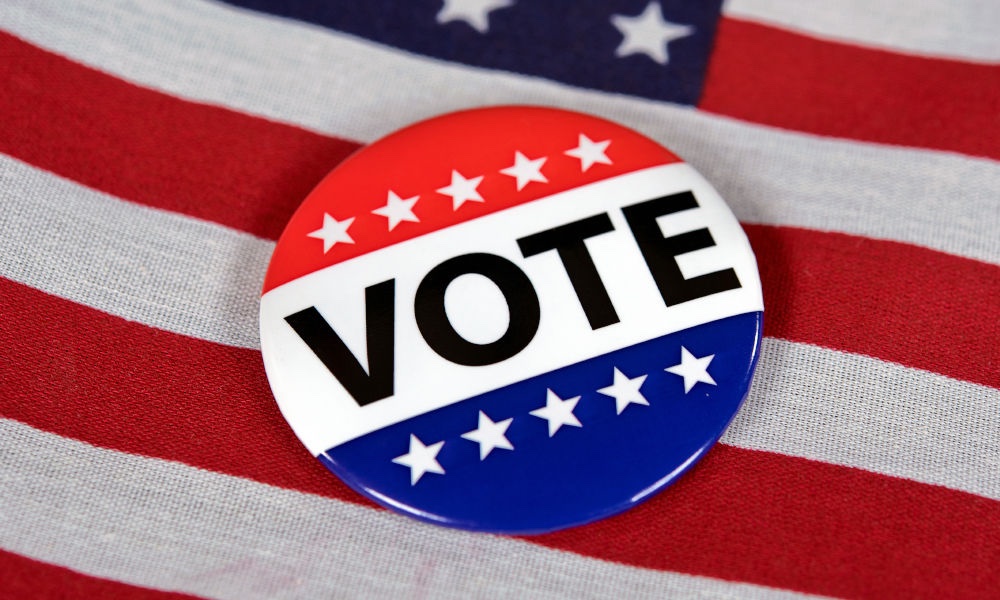Firearm injuries are a major cause of acute injury, acute and permanent disability, and death in children and teenagers. Young children are more likely to be victims of unintentional injuries that occur at home, while adolescents are more likely to experience intentional injuries via assault or suicide.
While there is wide geographical variation, guns are present anywhere from 18 to 64 percent of U.S. households. Parents tend to hold inaccurate perceptions when it comes to their children's awareness of and handling of firearms stored in the home. They erroneously believe their children are unaware of the storage location of household guns, and wrongly believe that their children have never handled household guns.
Emergency room visits for firearm-related incidents among children 18 and under is one good way to look at how effective state gun laws are when it comes to protecting children from gun accidents. A recent study examined how changes in gun laws impact the rates of ER visits. Because states with more restrictive gun laws have fewer pediatric fatalities from firearm incidents, the researchers studied four U.S. regions — Northeast, South, West and Midwest — over a five-year period, from 2009 to 2013. They rated each state's gun control laws using a standardized scale, the Brady Gun Laws Scale. Then they compared the incidence of firearm-related pediatric emergency visits with the the states' laws to determine whether stricter laws meant fewer injuries or deaths.The stricter the gun laws, the lower the rate of child and teen emergency visits related to guns.
There were notable regional differences. The lowest rate of gun-related ER visits was found in the Northeast, with 40 firearm injuries to children and teens per 100,000 emergency department visits. The Midwest was next lowest, with 62 injuries per 100,000 visits. The West was third, at 68 per 100,000. The South had the highest rates: 71 teen and child gun injuries per 100,000 ER visits.
These rates were directly related to regional gun laws. The higher the Brady score, the stricter the gun laws. The stricter the gun laws, the lower the rate of emergency visits related to guns. The Brady scores for the regions were 45 for the Northeast; 9 for the Midwest and West; and 8 for the South.
The authors conclude that stricter gun laws do indeed lead to decreased ED visits and advocate for increased study on firearm legislation at regional levels in an effort to decrease firearm-related morbidity and mortality. “Our research confirms that regions that have stricter gun laws have a significantly lower rate of firearm injuries among children,” said one of the study's authors, Monika Goyal, MD, MSCE, an assistant professor of pediatrics and emergency medicine at Children's National Health System and The George Washington University.
Parents should take safety measures with firearms in the home, such as locked storage, and avoidance of use by children and teens.





